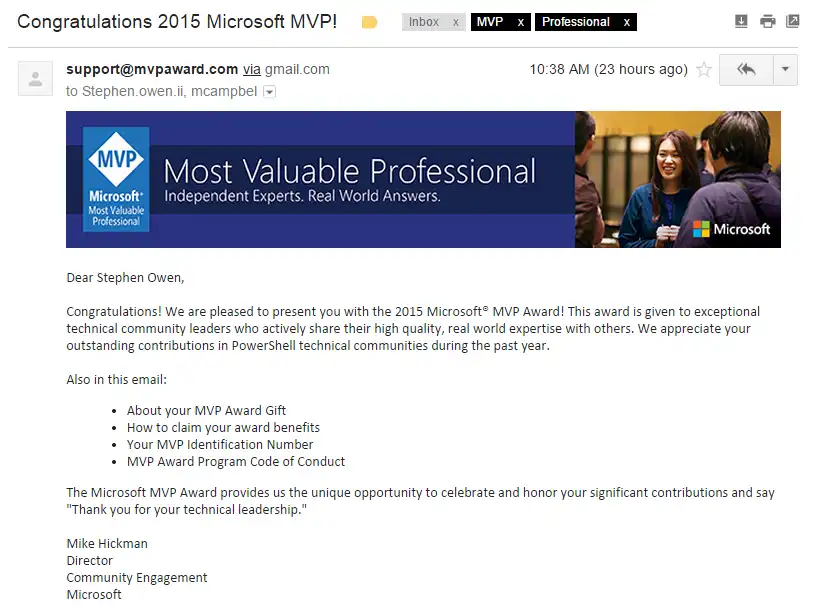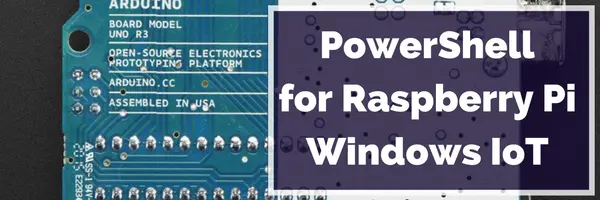Walkthrough Part two: Advanced Parsing with ConvertFrom-String

In our previous post we used the tried and true old school method to convert data from the console or logs into a PowerShell object. It works but it isn’t very much fun and by and large you have to write a lot of code to do it.
Continue Reading...Walkthrough - Parsing log or console output with PowerShell


Achievement Unlocked - Microsoft MVP for 2015!


My Site - 2014 in review

The WordPress.com stats helper monkeys prepared a 2014 annual report for this blog.
Continue Reading...Unholy Matrimony - wGet and PowerShell together

XML has been around for a LONG time. But just like working with HTML, it still kind of stinks. If you want to reach into a file and pull out values within certain tags, you’d better become a pro with Xpath or be prepared to create some REALLY ugly Regex. For instance, if we wanted to grab the values within the tag we care about for this blog post, the regex would be this simple little number.
Continue Reading...PowerShell Version 5, What's new!













